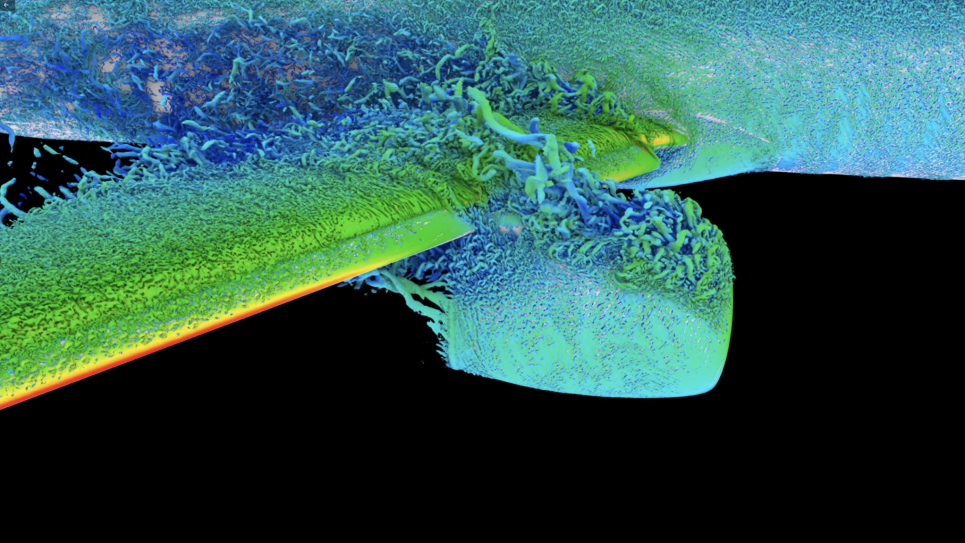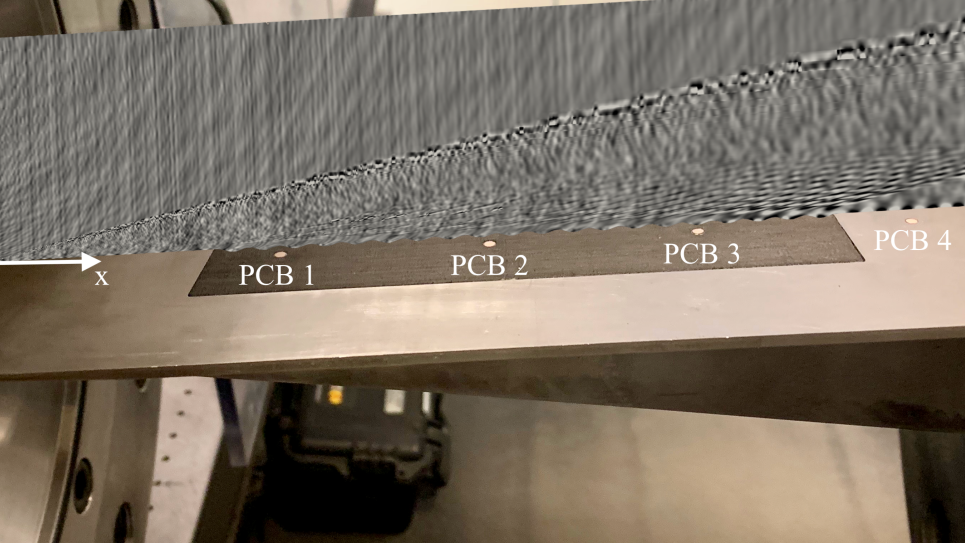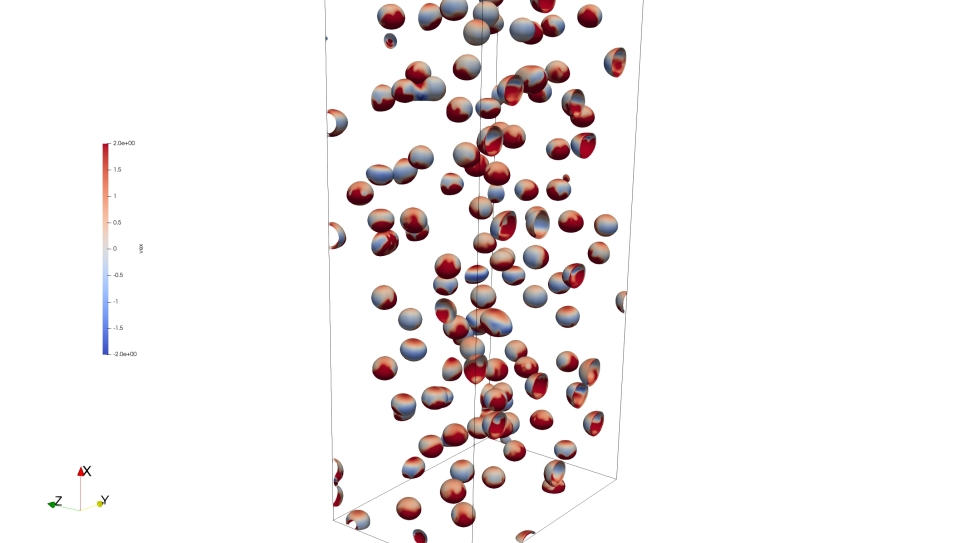Pressurized Water Reactor (PWR) cores are especially sensitive to seismic events. The lateral displacements of the reactor core under seismic loads produce large lateral deformations, and as a result, the fuel rods can bend creating contacts between cladding and fuel pellets, and local hot spots. This may also prevent control rod insertion, which compromises safe reactor shutdown. Today, the safety analysis and design tools for core seismic loads are primarily based on empirical correlations and do not incorporate detailed physics of fluid-structure interaction problem due to the lack of detailed experiments and high-fidelity simulations. Although earthquake effects in PWR cores have been studied, available data are limited to rod vibration frequencies and local impact forces. More detailed information on the dynamics of the velocity and pressure fields has only been obtained for static conditions. Recent advances in mathematical models and algorithms enabled by the availability of high-end compute platforms with hundreds of thousands of cores, bring high-fidelity computations of these complex fluid structure interaction problems, within range. In the proposed computations the interaction of the flow with the fuel rods under extreme seismic loads will be simulated with an unprecedented level of detail. Our main objective is to illuminate the physics of this complex problem and provide the necessary data to develop calibrated semi-empirical models typically used in the design and safety analysis.


